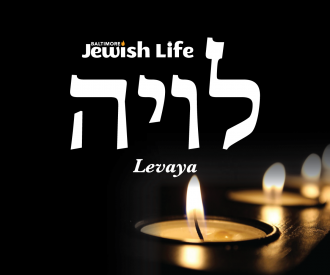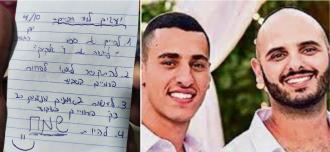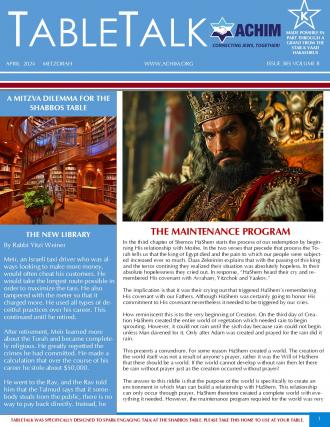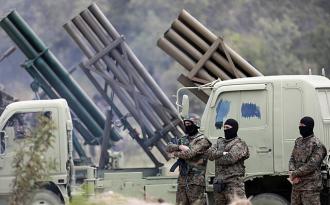Torah thoughts should be grounded in a clear reading of sources, from the verses themselves to Midrash and primary commentaries. The following does not meet that standard. As such, it is presented as a reflection.
Jewish life is built on the hope of rebirth, resurrection. The second blessing of our every Amidah prayer focuses on G-d’s promise to bring the dead back to life, an idea that the Mishnah and then Maimonides considered and codified as a fundamental of our faith. The birth and rebirth of the Jewish people is associated with the springtime, Chodesh ha’Aviv, the month of Nissan, when the natural world experiences its own rebirth from the death of winter. During that season we invoke the Prayer for Dew, Tefillas Tal, something our Sages viewed as a critical ingredient for reviving the dead, just as it brings vital moisture to the plants .
Thus, burial has us “plant” the body of the deceased in the ground, where it will decompose, only to ultimately resurface, as the Talmud notes, citing the description in Tehillim , “They shall sprout forth … as the grass of the earth.” It is based on this idea that traditionally we refer to a cemetery as a Bais HaChayim, a place of life, and recite the blessing of resurrection, Mechayeh HaMeisim, when visiting one, for after all it is the field where our loved ones have been “planted” until the day they will come forth again. And in a broader, national sense, we live with the magnificent vision of Yechezkel , where he saw the valley of the dry bones that were brought back to life, restored to flesh, muscle and skin, a vision that was to symbolize the return of the Jewish nation to life.
These are beautiful and hopeful visions. But they do not match the Jewish story of our time.
In our time, the Jewish people experienced the Holocaust, the massacre of six million Jews. A large portion of these died in the gas chambers and were then reduced to ash in the crematoria.
The victims of the Holocaust were not buried, or planted, in the ground. They went up in smoke.
The victims of the Holocaust left no dry bones, just piles of ash.
And yet that horrific event, the epic tragedy of Jewish history, has been followed by an epic rebirth. In the span of seventy years we moved from the six million Jewish martyrs of the Holocaust, to the more than six million Jewish inhabitants of Eretz Yisrael, as well as to a worldwide renaissance in Jewish learning and living, unimaginable to the shattered remnants of the Holocaust.
We must wonder: How is it that this great rebirth came without the planting field of a graveyard, lacking even dry bones?
There is however another model of redemption from the vise grip of death, and that is the Parah Adumah, the Red Heifer. This robust animal, bursting with the ruddiness of life, is reduced to a pile of ash, and it is only through this ash, mixed with the living waters of a spring, that those who have been defiled by contact with death may return fully to life.
Here – enigmatically - the ashes are used to restore life.
The ritual of the Parah Adumah, the Red Heifer, is one of the Torah’s great enigmas, “Zos Chukas HaTorah”. It is something that the wisest of men could not comprehend. It is filled with paradox, and it inherently defies comprehension.
Sort of like the Holocaust.
Yet its ashes restore us to life.
Sort of like the Holocaust.
Hence this reflection.
Perhaps this is an element of the mystery of our incredible, astonishing period of Jewish history. From the utter destruction of our people, reduced to ashes, we have been blessed by G-d to rise again to new life, and to potentially new heights. No planting in the ground, no remnants of dry bones, could have produced the complete rebirth of our People that we are privileged to witness.
The Talmud teaches that the Moshiach can only come when the Jewish people utterly despair of redemption. Maharal of Prague explained that the ultimate completion of the world cannot happen as the culmination of a process, but rather requires essentially a radical re-creation, a totally new world.
From the ashes.











